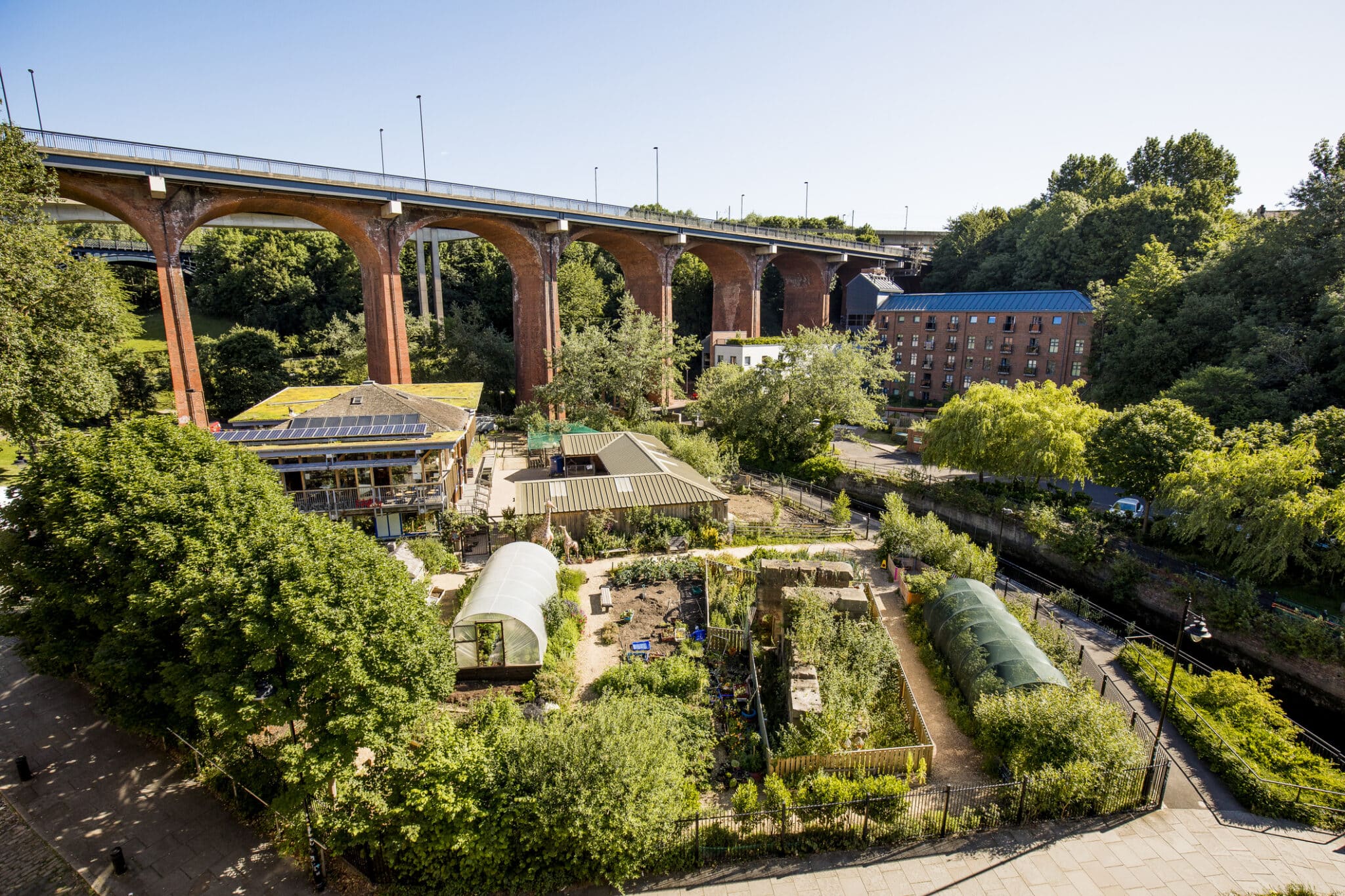A Biased View of City Blooming
Table of ContentsCity Blooming Fundamentals ExplainedSome Known Questions About City Blooming.Some Known Details About City Blooming A Biased View of City BloomingThe Best Strategy To Use For City Blooming
Interested in expanding food for sale in the City of Chicago? Below is a listing of regularly asked concerns relating to the guidelines and policies that cultivators need to take into consideration when intending a metropolitan farming project.
The zoning change does not modify any type of other codes handling composting, building licenses, buying or renting City had building, organization licenses or ecological contamination. There are existing codes that manage these problems and they stay completely effect and may apply to your task. Area yards are generally owned or managed by public entities, civic companies or community-based companies and preserved by volunteers.
Urban farms expand food that is planned to be sold, either on a not-for-profit or for-profit basis. Due to their business function, urban farms call for a service license. Yes. A neighborhood yard is enabled to offer excess generate that was expanded on website if the sales are accessory or secondary to the garden's key objective described over.
Not known Facts About City Blooming
The amount of garden compost material can not surpass 25 cubic backyards at any offered time according to the requirements in 7-28-715 of the City's Municipal Code. Due to the fact that the dirt at many new garden sites needs changing, compost, soil, wood chips, or various other products can be obtained to build or enhance the growing room.

If a structure authorization is needed after that the hoophouse will be considered an accessory building. You can learn even more regarding the building permit needs by contacting the Department of Buildings. The 25,000-square-foot size restriction is planned to stop a single area garden from controling an offered block or interfering with the block's existing property or industrial personality.
The restriction does not relate to yards found in Public Open Area (POS) areas. Can there be more than one neighborhood garden that is 25,000 square feet on a solitary block? Yes. The dimension limit puts on specific yards, not to private blocks. No. Fencing is not needed, however, yards that have large parking lot might be needed to mount fence or other landscape design functions.
Some Ideas on City Blooming You Need To Know
B1 & B2 districts require that all industrial use tasks be conducted inside. Is secure fencing required for metropolitan farms? Fencings may be required, along with landscaping and testing, for specific parking locations and outdoor job or storage locations depending on location and the specific activity taking location.
Yes. Urban farms call for building authorizations and zoning approvals before building and construction. Various other kinds of city review might be called for depending on certain structures, tasks, size, landscaping, licensing, public health and stormwater management problems. Most of these requirements are recognized in the task design or permitting process, nevertheless, the applicant may be responsible to independently recognize particular licenses or permits that might be needed.
The Department of Organization Affairs and Customer Defense can aid determine the specific type of organization license that's called for. Off street parking is required for a lot of business tasks in Chicago. The required number of vehicle parking rooms is based on the number of workers functioning on site and not the square footage of the expanding area.
City Blooming - The Facts

A metropolitan ranch can market compost material created on website, however, the operation has to abide with the regulations in 7-28-715 of the Chicago Municipal Code. Aquaponic systems are enabled inside on city ranches in many zoning districts.
As much as 5 hives or swarms of honey bees may be maintained as an accessory use. Beekeepers need to register with the Illinois Department of Agriculture. For more details regarding the suggested zoning change you may get in touch with the Department of Real Estate and Economic Growth, Bureau of Preparation and Zoning at 312.744.8563.
Farming in cities and city locations A metropolitan farm in Chicago. Urban agriculture refers to various practices of growing. https://www.blogtalkradio.com/cityblooming, handling, and distributing food in metropolitan locations. The term additionally relates to the location tasks of pet husbandry, tank farming, beekeeping, and cultivation in an urban context. Urban farming is distinguished from peri-urban farming, which occurs in backwoods beside suburbs.
The Definitive Guide for City Blooming
It can entail a movement of organic growers, "foodies" and "locavores", who seek to create socials media started on a shared ethos of nature and area holism. These networks can establish using official institutional assistance, becoming integrated right into neighborhood town as a "change community" activity for lasting urban advancement.
In either case, the more straight accessibility to fresh vegetable, fruit, and meat products that may be understood with urban farming other can improve food security and food safety while reducing food miles, leading to reduced greenhouse gas discharges, thus adding to climate adjustment reduction. Several of the initial proof of urban agriculture originates from Mesopotamia.